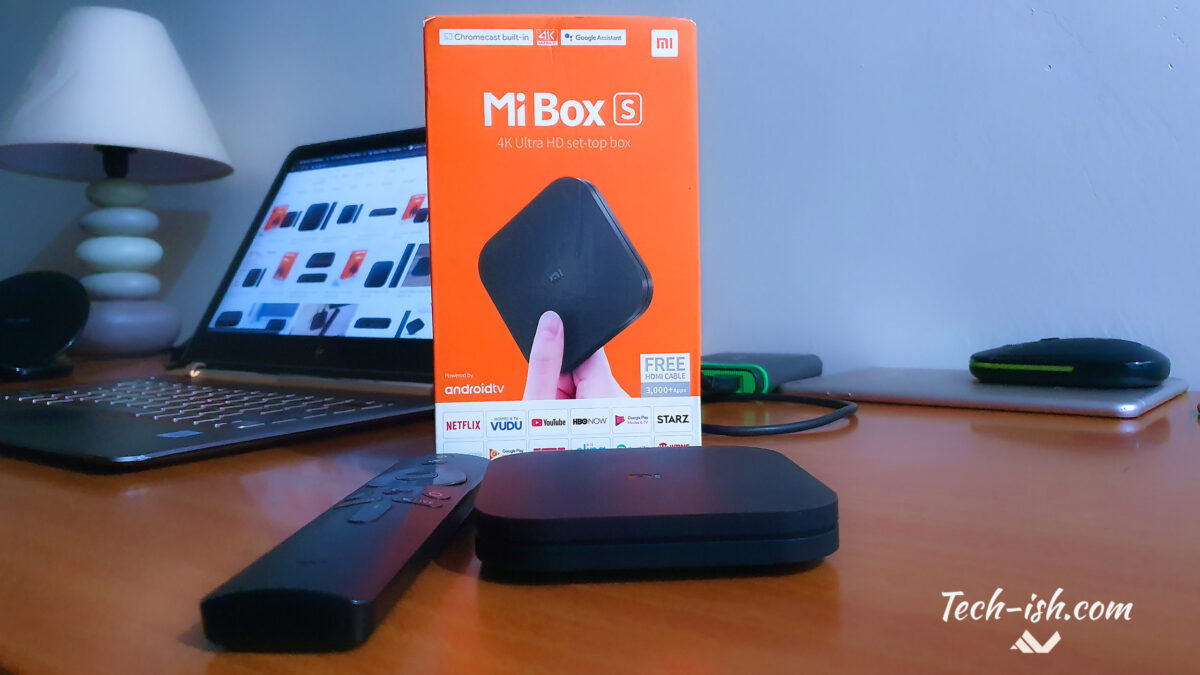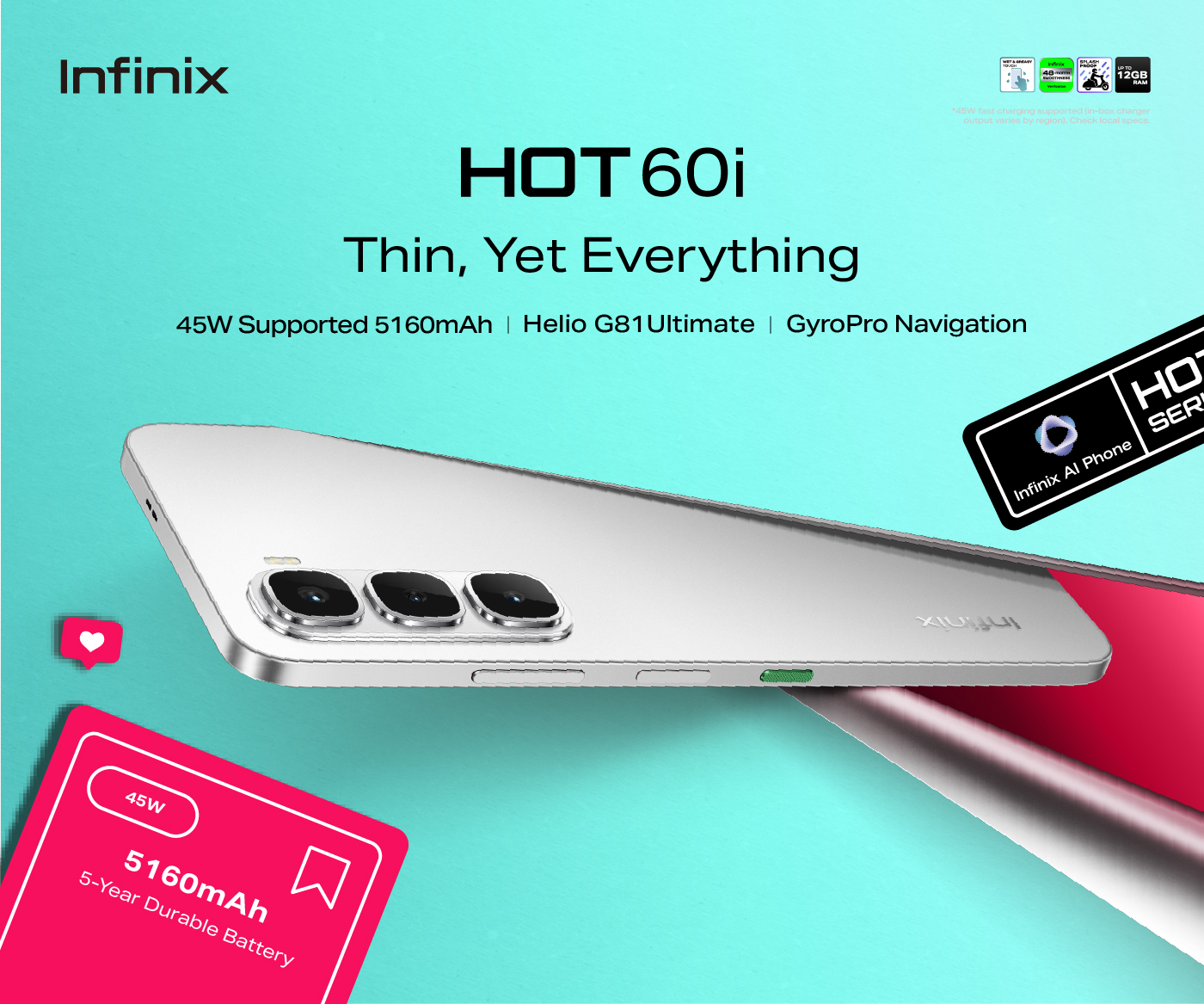
Insights At a Glance:
- All new DVB-T2 receivers must meet minimum hardware specs, including 300MHz CPUs, 256MB RAM, and HDMI output.
- Automatic software updates become mandatory, with boxes required to check for updates every 24 hours.
- Devices must be built to handle Kenya’s power grid and climate, with diagnostics tools included for troubleshooting.
By now, you’ve probably seen how the new DVB-T2 changes will spice up your viewing experience — sharper images, better sound, a proper channel guide (catch up on our coverage on the 5 major improvements you’ll notice immediately and how Kenya’s new TV standards will change how you find, organize, and explore channels if you missed them).
But here’s the million-shilling question: is your set-top box or digital TV ready to join the party? The CA’s Minimum Technical Requirements for DVB-T2 Receivers lay out strict hardware must-haves to ensure you enjoy every pixel and beat of the new features. Starting July 1st, 2025, any new set-top box or TV that wants to be sold in Kenya must meet strict minimum hardware and software standards.
Here’s why that matters — and what it means for your next decoder or digital TV.
1. Power Under the Hood: Processor and Memory
Your DVB-T2 receiver needs some serious brains to keep up with Kenya’s digital TV game. The CA mandates:
- 256MB DDRAM (minimum) for snappy performance
- 256MB Flash storage to hold all those channel lists and updates
- CPU with 1000 DMIPS at 300 MHz to zip through menus and decoding
DMIPS stands for “Dhrystone Millions of Instructions Per Second.” It’s a fancy way to measure how much work the CPU can do. A rating of 1000 DMIPS means it’s powerful enough to smoothly process digital TV signals, switch channels fast, and manage extras like the Electronic Programme Guide (EPG), H.265 decoding, over-the-air updates, and 7-day program guides — without lagging or freezing.
GOtv Kenya suggested scrapping these specs to cut costs, but the CA stood firm, saying they’re essential for smooth operation and future-proofing. Think of it like a smartphone—low specs mean laggy apps, and nobody’s got time for that.
2. HDMI or Nothing (Well, Almost)
One of the boldest changes? HDMI is now mandatory.
All set-top boxes must have an HDMI output with High-Bandwidth Digital Content Protection (HDCP) to prevent piracy and deliver crisp HD or UHD visuals. Integrated TVs (iDTVs) can skip this, but most will include it anyway. The HDMI must support the receiver’s highest resolution—1080p for standard, 2160p for UHD. Analog outputs like AV cables? Still allowed — but only for standard definition (SD).
Why this matters:
- You get full-quality HD output on modern TVs
- It’s harder for pirates to make high-quality copies
- It pushes the market forward while still giving older TVs a lifeline
Optional secondary outputs like RCA (CVBS) for older TVs or component YpbPr are allowed, but no HD signals can leak through analogue ports (HDCP’s got that locked down). RCA audio (left/right) might also pop up for stereo setups. Digital Broadcasters Association suggested multiple HDMI ports, but the CA kept it simple with one mandatory port.
3. Your Decoder Will Now Update Itself
Gone are the days when software updates were a geeky afterthought. Under the new rules, every box must support automatic over-the-air (OTA) or Network Download (NWDL) software updates— and check for new firmware at least once every 24 hours.
That means:
- Security fixes reach everyone, not just the tech-savvy crowd
- Performance upgrades and bug fixes install silently, often overnight
- No more waiting for “the next version” to fix a glitch that could’ve been solved months ago
Oh, and if you do want to update manually? That’s still an option — via USB, Ethernet, or memory card.
4. Built-In Diagnostics for the Curious (and the Techies)
Let’s say your signal is acting up — or you just want to geek out a little. A diagnostic screen will let you peek at the software version and signal stats like AGC or bit error rates. Manufacturers must use unique Organisation Unique Identifier (OUI) codes, so your box only grabs updates meant for it. This keeps things secure and snappy.
So, starting next month, all new receivers sold in Kenya must include a diagnostics menu showing:
- Signal strength
- Error rates
- Software version
Perfect for aligning your antenna, troubleshooting with your installer, or just flexing your tech know-how.
5. Built for Kenya’s Power Grid and Climate
The CA didn’t forget the real world.
All approved receivers and adapters must handle Kenya’s 240V power grid (+5%, -10%) or 230V (±10%) at 50 Hz, and use a Type G (BS 1363) or Type C plug, and must survive local conditions — meaning heat, humidity, voltage dips, and the occasional blackout are all part of the testing regime. GOtv asked for clearer “tropical condition” definitions, but the rule stands: your adapter’s gotta be tough.
Because let’s face it, what’s the point of a smart box if it dies after the first rainstorm?
6. Catching the Signal: RF Input
To grab those free-to-air channels, your receiver needs a solid Radio Frequency (RF) input per IEC 61169-2, with a 75 Ω impedance. It must tune to the UHF IV/V band (470-694 MHz) with 8 MHz bandwidth, handling offsets up to 166 kHz. Akili Partners pushed for VHF Band III support, but the CA clarified it’s reserved for digital radio, so UHF’s the star here. Some boxes might offer RF loop-through for daisy-chaining devices, but it’s optional.
The receiver must also support a slew of DVB-T2 operating modes, like QPSK to 256QAM constellations and 1K to 32K FFT sizes. This ensures it can decode signals from any Kenyan broadcaster without hiccups. Stakeholders like Pendo TV called these specs “sufficient,” so you’re in good hands.
Is It Time to Upgrade?
If your current box works just fine — no rush. These standards only apply to new devices sold after July 1, 2025. But if you’re shopping for a new decoder, TV, or streaming box any time after July 1, make sure it meets the “CA Type Approved DVB-T2 (2025)” rules. That’s your assurance that:
- It meets all the new audio/video standards
- It’s organized and region-aware
- It won’t be obsolete next year
- And it’s powerful enough to handle what comes next


